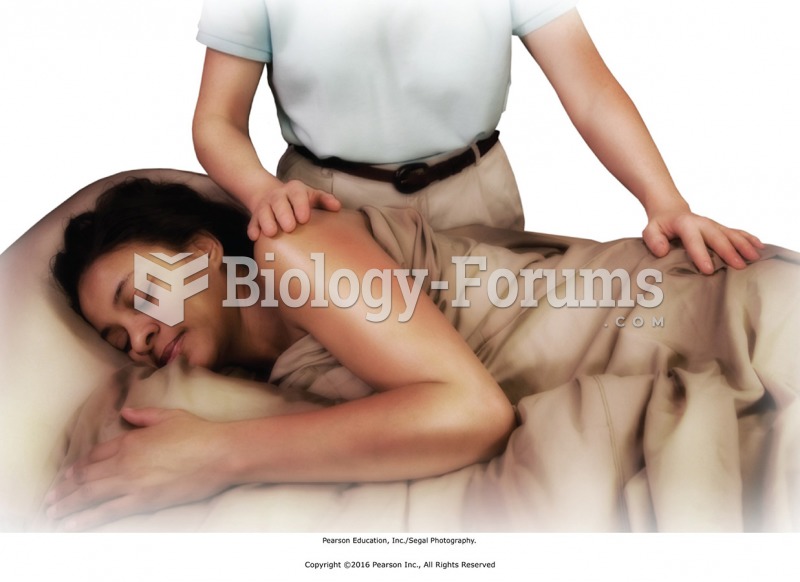|
|
|
The types of cancer that alpha interferons are used to treat include hairy cell leukemia, melanoma, follicular non-Hodgkin's lymphoma, and AIDS-related Kaposi's sarcoma.
In 1864, the first barbiturate (barbituric acid) was synthesized.
Most strokes are caused when blood clots move to a blood vessel in the brain and block blood flow to that area. Thrombolytic therapy can be used to dissolve the clot quickly. If given within 3 hours of the first stroke symptoms, this therapy can help limit stroke damage and disability.
There are actually 60 minerals, 16 vitamins, 12 essential amino acids, and three essential fatty acids that your body needs every day.
Giardia is one of the most common intestinal parasites worldwide, and infects up to 20% of the world population, mostly in poorer countries with inadequate sanitation. Infections are most common in children, though chronic Giardia is more common in adults.
 The Movius line separates regions of the world where Acheulean hand axes were made from regions wher
The Movius line separates regions of the world where Acheulean hand axes were made from regions wher
 Apply effleurage and petrissage on top arm. Stand in front of recipient and hold her hand with one ...
Apply effleurage and petrissage on top arm. Stand in front of recipient and hold her hand with one ...





